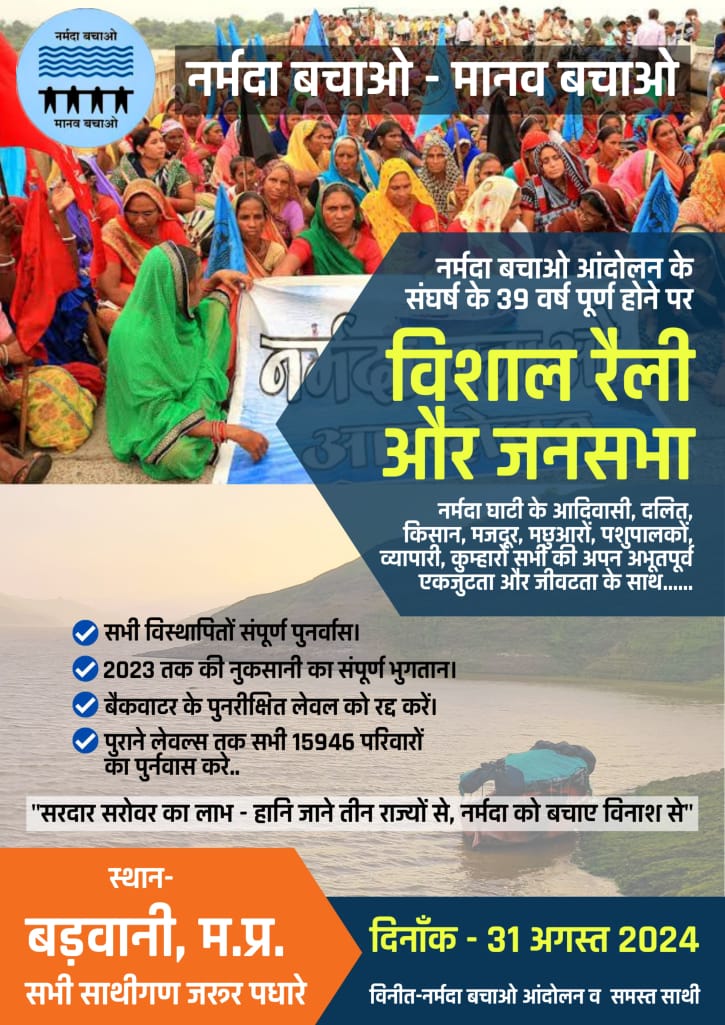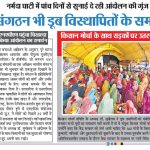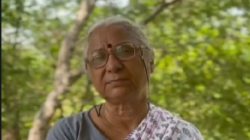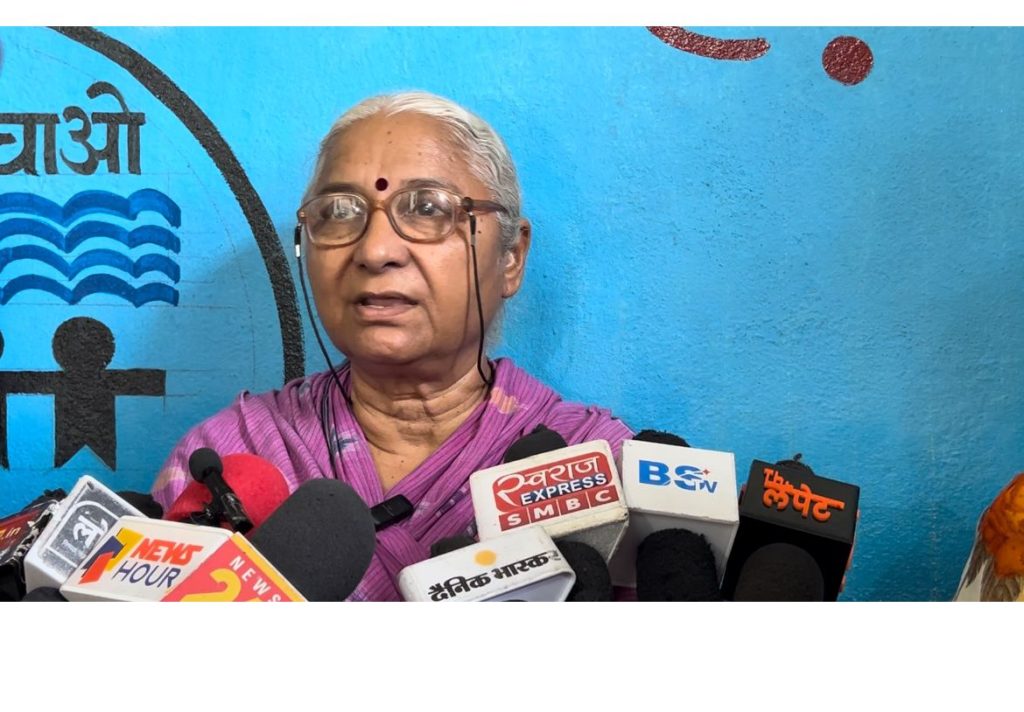Vol – XLIX No. 37, September 13, 2014 in Economic and Political Weekly
http://www.epw.in/letters/dialogue-needed-sardar-sarovar.html
The following is an Open Letter to Uma Bharti, Minister for Water Resources, Government of India:
We the undersigned believe that the recent decision of the Narmada Control Authority (NCA) to raise the height of the Sardar Sarovar dam by 16.76 metres (m) taking the height to the designed final height of 138.68 m within two weeks of oath by the new government is a hasty, unwise and disastrous decision.
It will cause huge additional displacement, when rehabilitation of the people affected even at the current height is far from complete. Moreover experience has also shown that even at the current height, Gujarat can take the water stored to virtually any part of the designed command area, and can draw its share of water as per the Narmada Water Disputes Tribunal (NWDT) award and there are no compelling reasons for raising the height on this count.
On the other hand, there has been no inclusive dialogue on the issues related to the dam over more than 30 years of its troubled history because governments have ignored dialogue in favour of a legalistic stand. We believe there is an urgent need to evolve a broad social consensus on four critical issues about the Sardar Sarovar Project (SSP):
(1) Height of the dam: Studies and alternatives indicate that Gujarat can utilise its share of Narmada waters at the current height. Non-installation of the 16.8 m high gates that remain does not have any structural implications for the dam though it may have some impact on power benefit, but that benefit anyway is transitional, falling off to small values as the states utilise their share of water. Moreover, even today, as per Central Electricity Authority figures, at the current height the SSP generated 5,882 million units of power in 2013-14, which is more than what the SSP was envisaged to generate. And the potentially small power loss will be more than compensated by the greatly reduced submergence and displacement with a dam at the current height, especially for Madhya Pradesh. There is in fact a distinct possibility that optimal solutions exist at the current height and they need to be explored.
(2) Equitable distribution, sustainable use and participatory and efficient management of stored water: Since Gujarat now can carry water to all parts of the command, it is important to concentrate on how water is being used. This has been criticised, often by its strongest proponents, on many counts, for example, gross underutilisation of the stored water; irrigation water not reaching the drought-prone areas of Kachchh, Saurashtra and north Gujarat, diversion of water for unplanned uses (for example, riverfront development, urban and industrial use south of Sabarmati), non-existence of water users’ associations in most part of the command, lack of proper drainage in the command area, and inefficient and inequitable use.
(3) Status of displacement and rehabilitation: There is no agreement between the state and various groups and individuals including those from the adversely affected, both about the exact numbers involved as well as about the quality of rehabilitation. The authorities have generally claimed satisfactory rehabilitation, but there are also strong claims that rehabilitation at the current height falls quite short of what is legally required or what basic human justice demands. There is an urgent need to bridge this gap and come to a consensus on the actual extent and quality of rehabilitation already carried out before causing further massive displacement.
(4) Environment and climate change:Downstream impacts of the SSP on environment and livelihoods have not been properly assessed, environment flows and requirements have not been studied and environmental management plans have not been formulated or implemented. Experts emphasise the importance of re-evaluating the costs, benefits, impacts and optimality of all projects in the light of climate change. It is high time we initiated studies and discussion on these with respect to the SSP. If rejuvenation of rivers is to receive a central place in water resources development and the Narmada is to remain alive these issues need to be brought into discussion and resolved as soon as possible.
Good governance entails making socially and environmentally just decisions within a deliberative democratic framework and it is the lack of this that has resulted in a three-decade history of conflict and polarisation around the SSP.
We appeal to you to put us on a path of better governance, the professed aim of the new government, by revoking the decision to increase the height of the SSP from the current 121.92 m to 138.68 m and initiating a comprehensive inclusive dialogue on the substantive issues surrounding the project.
A C Bhagabati, A Vaidyanathan, Amita Baviskar, Ashish Kothari, Bharat Patankar, Ghanshyam Shah, K J Joy, Kanchan Chopra, Ramaswamy R Iyer, S Janakarajan, Sanjay Kak, Sharachchandra Lele, Sudarshan Iyengar, Suhas Paranjape, Vimalbhai and others






